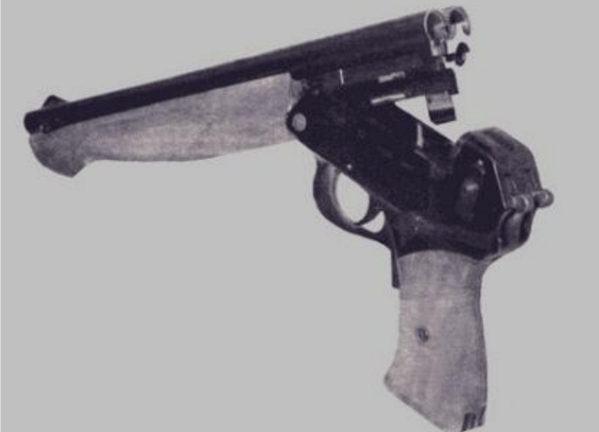Anything can happen during a launch or landing of a crewed spacecraft, and just in case the crew would end up stranded in a remote area of the world, astronauts and cosmonauts undergo survival training and carry survival kits. The kits contain items such as food rations, water, extra clothing, items for making a shelter and other miscellaneous survival gear.
Also, cosmonauts regularly used to carry handguns on their Soyuz spacecraft. This has long been known and discussed, but writer James Simpson recently wrote a
great piece on Medium
about the history and justifications for why a gun in space is seemingly a good idea.
"Having a gun inside a thin-walled spacecraft filled with oxygen sounds crazy," writes Simpson, "but the Soviets had their reasons. Much of Russia is desolate wilderness. A single mishap during descent could strand cosmonauts in the middle of nowhere."
[caption id="attachment_118833" align="aligncenter" width="580"]
Expedition 40/41 prime crew during winter survival training. Credit: ESA.[/caption]
The gun that was carried during the Soviet era was not just any gun. Long-time space journalist Jim Oberg called it "a deluxe all-in-one weapon with three barrels and a folding stock that doubles as a shovel and contains a swing-out machete."
Oberg discussed the history of the "gun in space" in a
2008 article
, and also debated if space should be a gun-free zone, wondering if it might someday cause a disaster instead of prevent one.
The bear-killing shotgun, the TP-82 was used until 2007, after the custom-made ammunition was no longer manufactured, but the survival kit still includes a "Russian service sidearm— presumably the high-powered MP-443 or a Makarov PM," Simpson wrote. "The Russian Space Agency doesn't discuss the TP-82 or its successor."
And NASA doesn't like to discuss the gun issue either, but supposedly past Soyuz space travelers -- including US astronauts and citizens who paid their way as space tourists -- were trained to use the gun.
However, according to
another article by Oberg written in 2014,
Russia now doesn't usually have guns as part of the survival kit. Oberg said Italian astronaut Samantha Cristoforetti quoted a Russian official as saying, "The pistol is still on the official list of kit contents, but before every mission we meet to review that list and vote to remove it for this specific flight."
Good idea or no?
The
Outer Space Treaty
bars countries from placing weapons of mass destruction in orbit of Earth, on the Moon or any other celestial body, or to otherwise "station them in outer space." However, the Treaty does not prohibit the placement of conventional weapons in orbit.
Check out
Simpson's article on Medium
or
Jim Oberg's 2008 article,
and his
2014 article on IEEE Spectrum.
[caption id="attachment_118834" align="aligncenter" width="580"]
A famous photo of the NASA Mercury astronauts during desert survival training. Credit: NASA. [/caption]
 Universe Today
Universe Today
